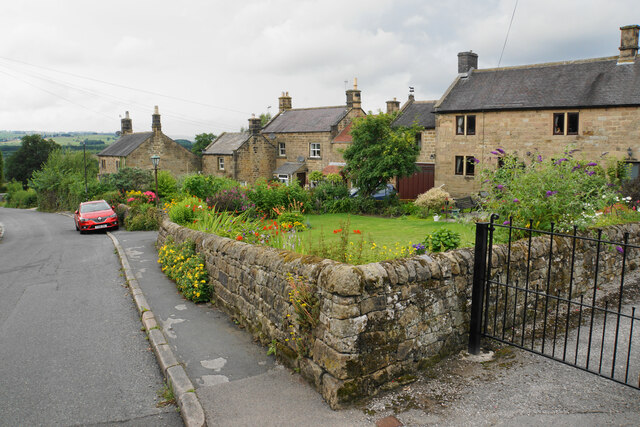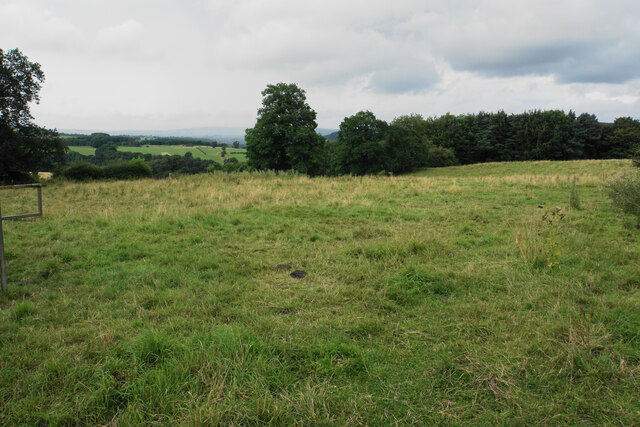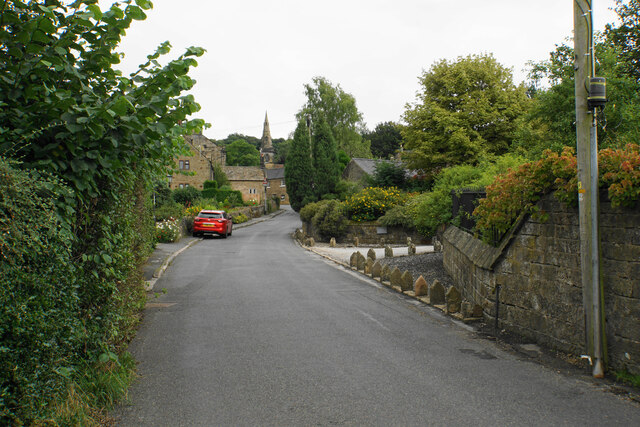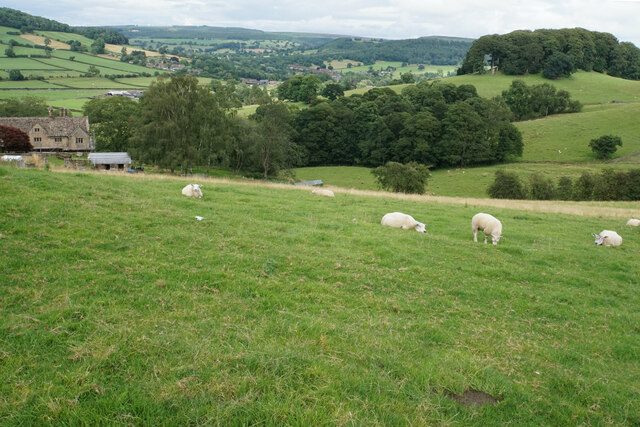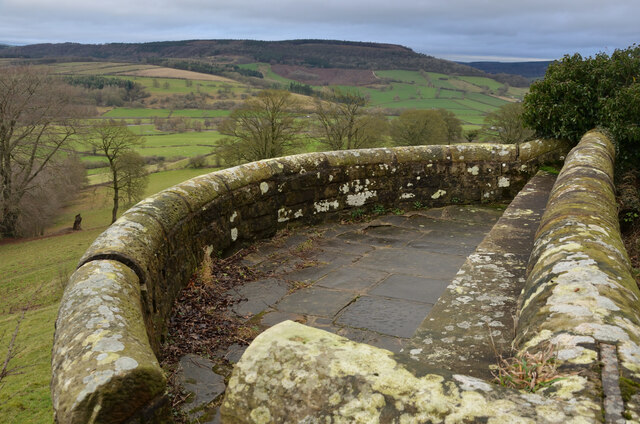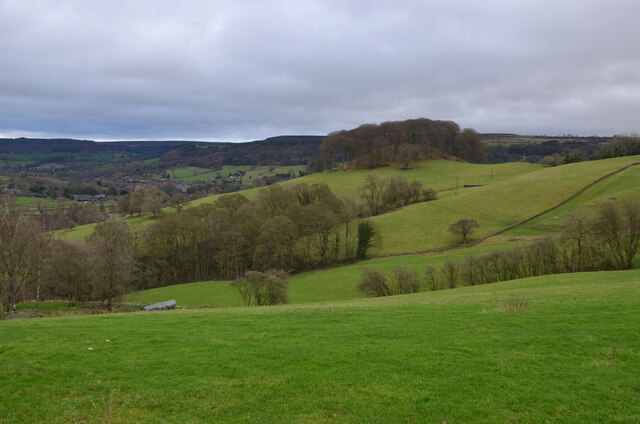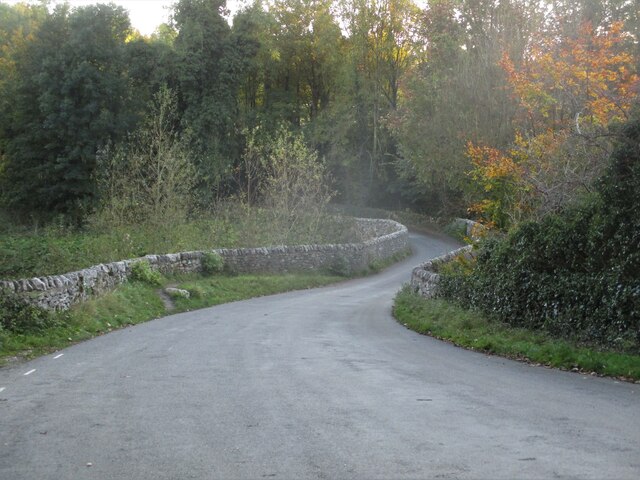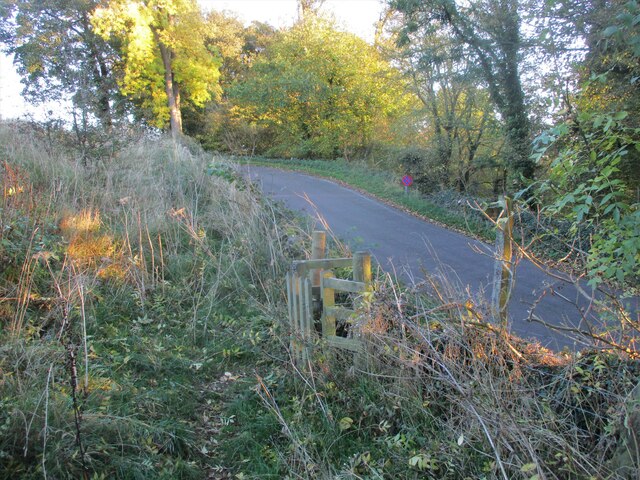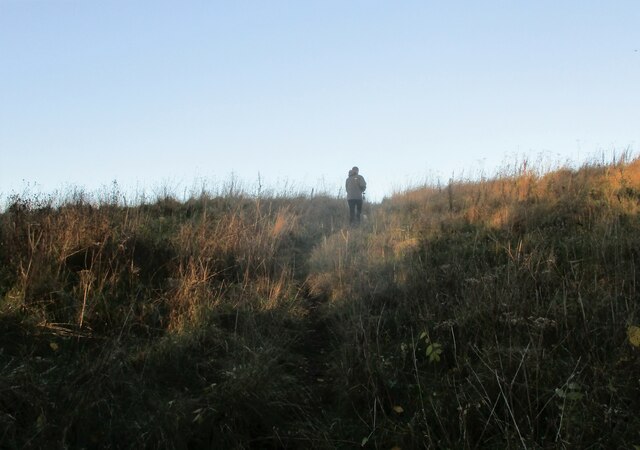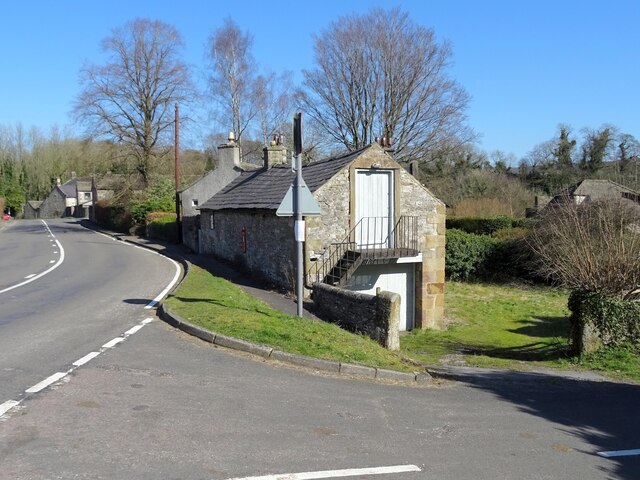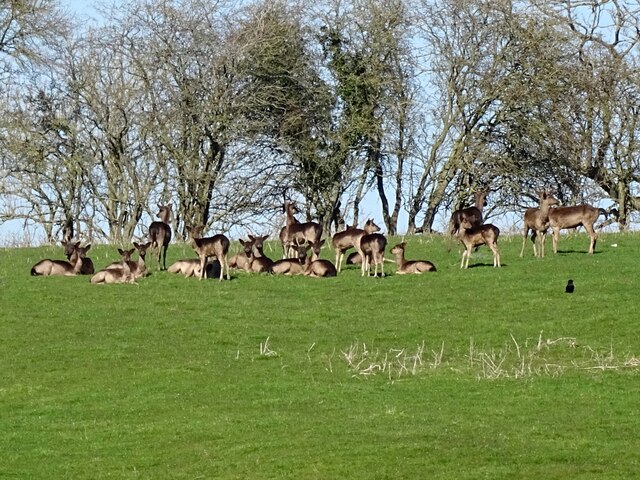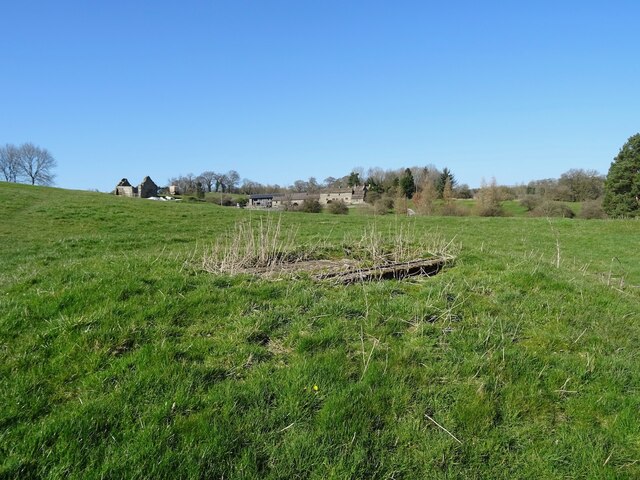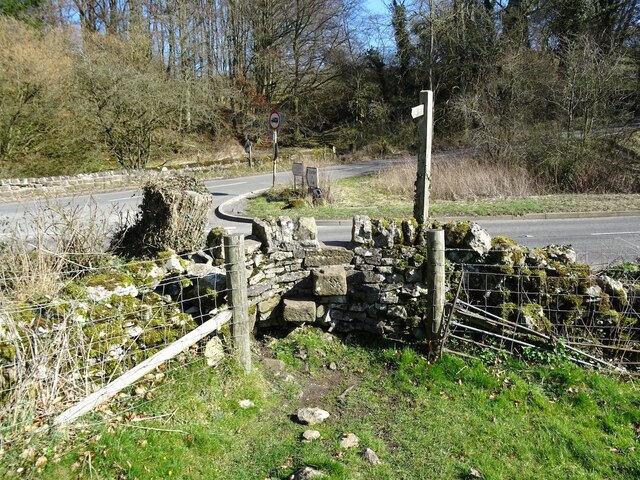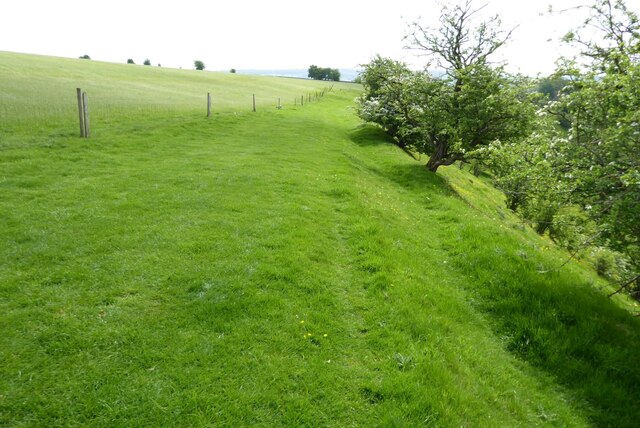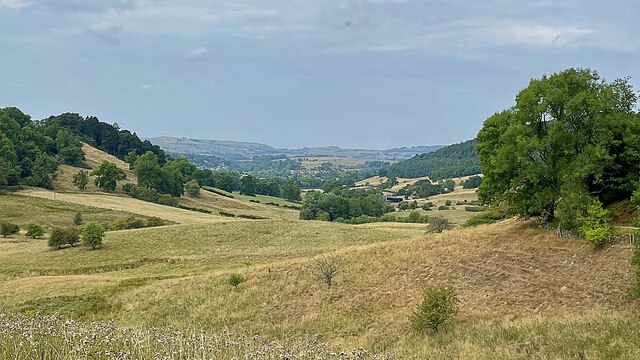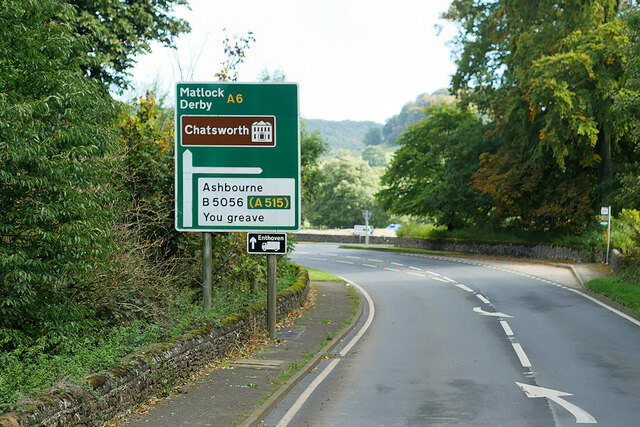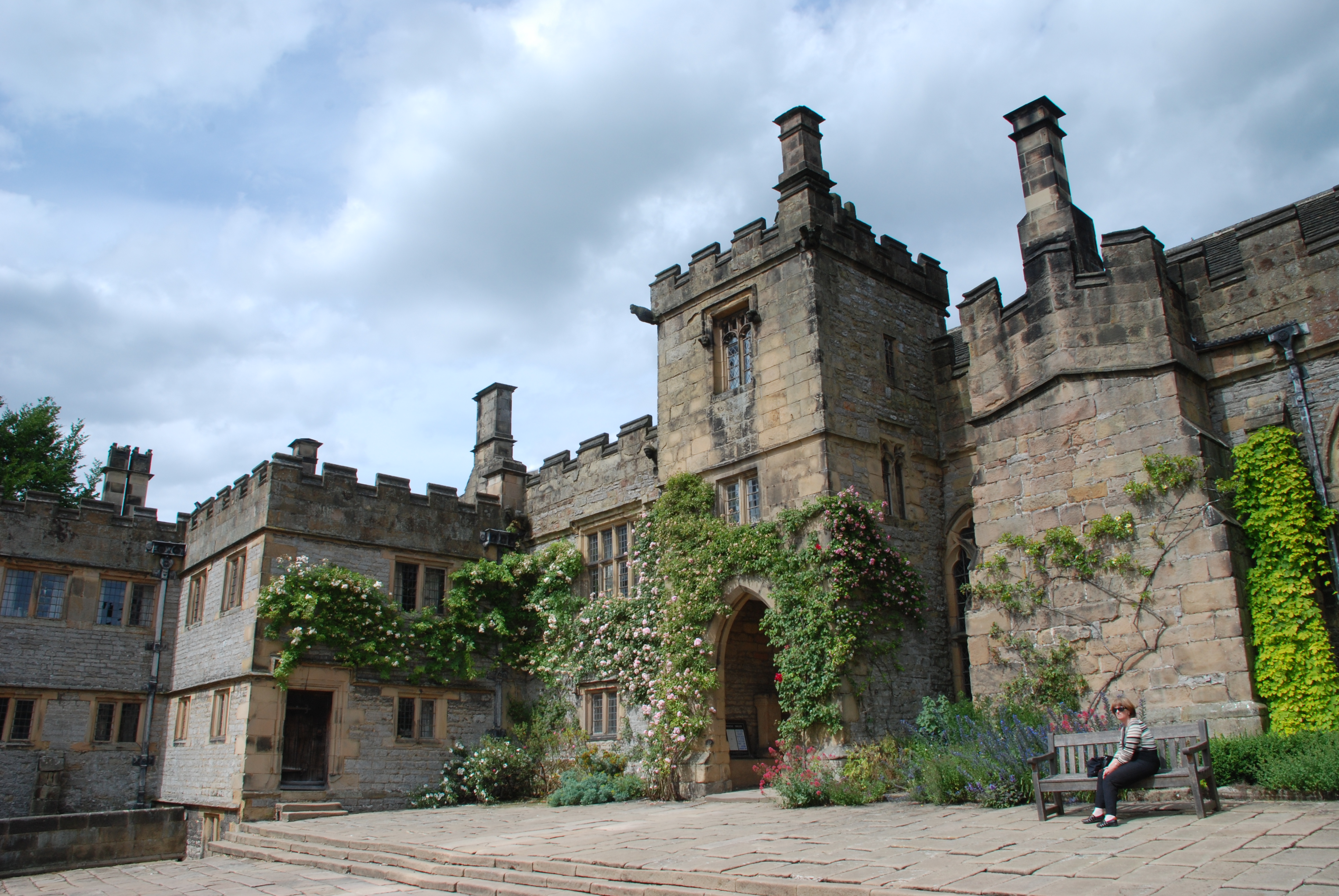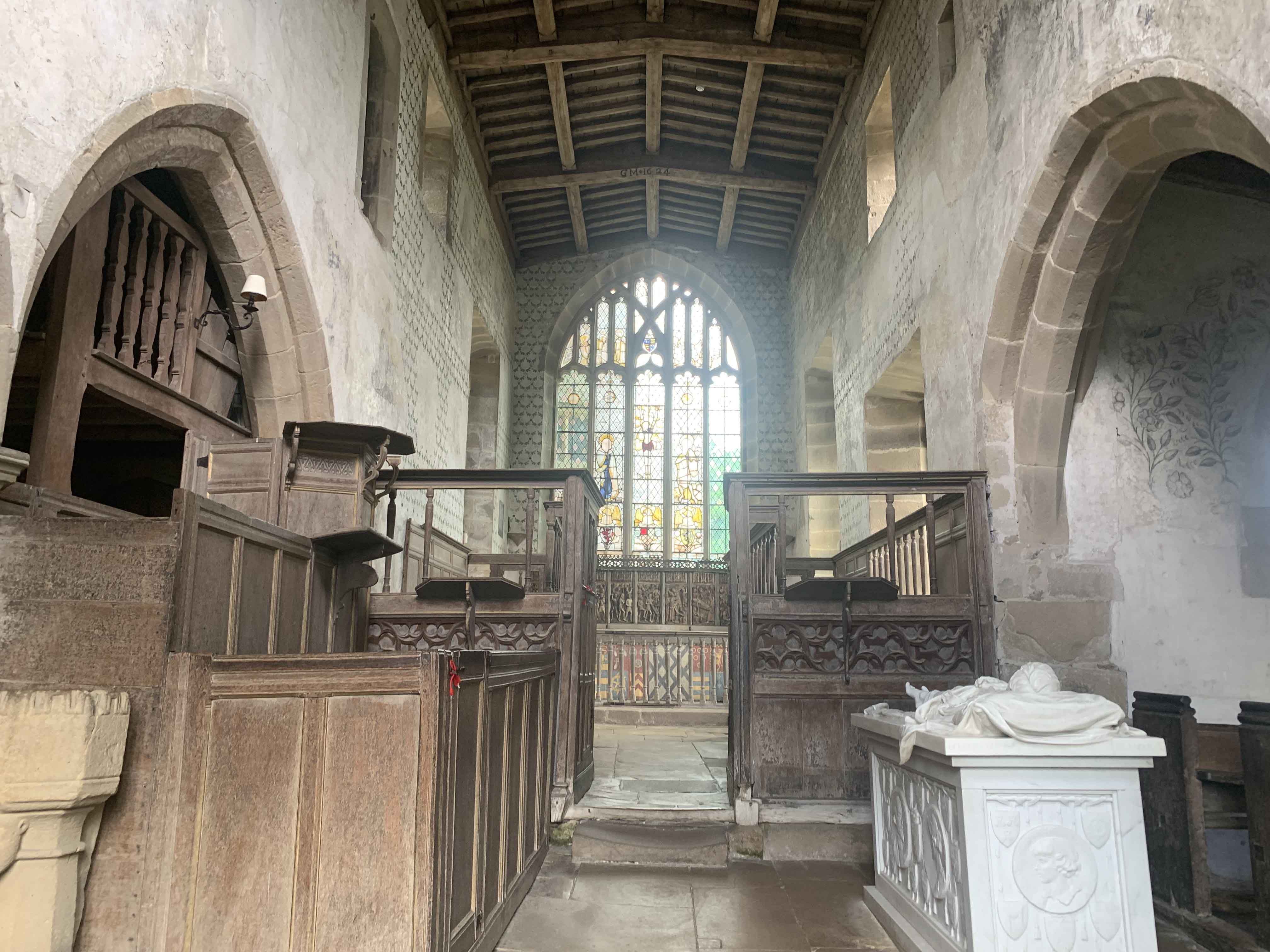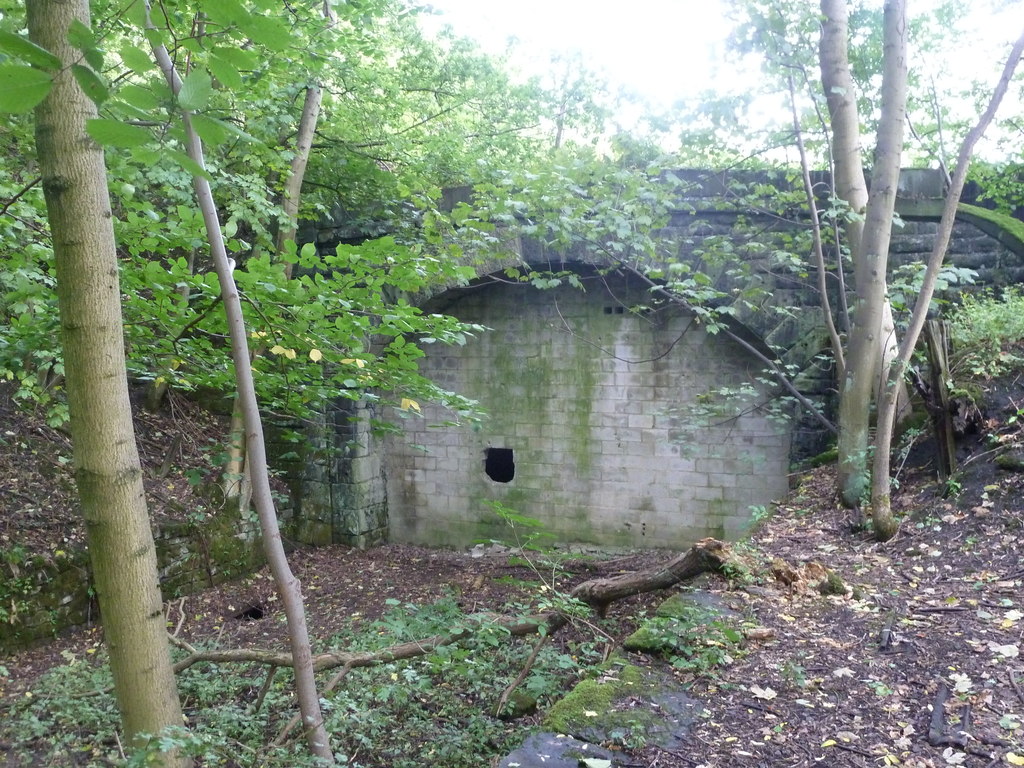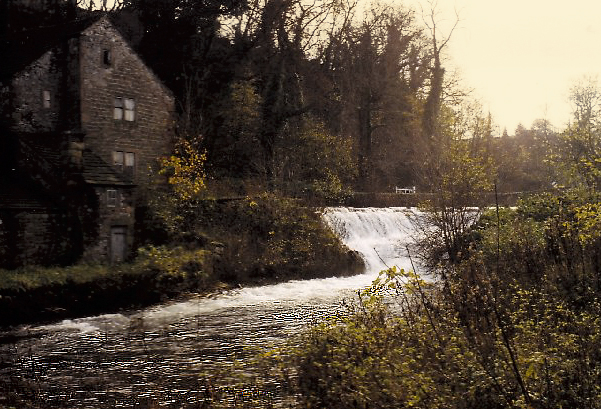Nether Haddon
Civil Parish in Derbyshire Derbyshire Dales
England
Nether Haddon
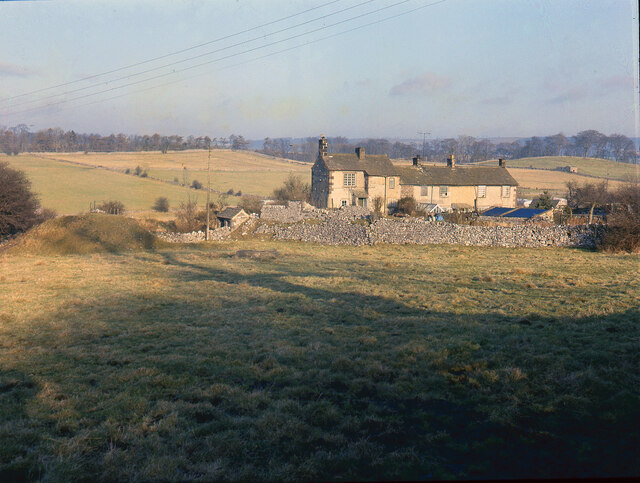
Nether Haddon is a civil parish located in the county of Derbyshire, England. It is situated in the district of North East Derbyshire, approximately 7 miles east of the town of Chesterfield. The parish covers an area of about 2.5 square miles and is predominantly rural, characterized by rolling hills, meadows, and farmland.
Nether Haddon is a small village with a population of around 200 residents. The settlement is scattered, with a handful of houses and farms dispersed throughout the area. The parish is surrounded by picturesque countryside, offering stunning views and ample opportunities for outdoor activities such as hiking and cycling.
Historically, Nether Haddon was an agricultural community, with farming being the main occupation for its inhabitants. Although the village has seen some modern development, it has managed to retain its rural charm and tranquility. The local economy is now diverse, with residents engaged in a range of professions and industries.
The parish is served by a local primary school, providing education to the village's children. There are also several churches in the area, catering to different denominations and serving as important community hubs. Additionally, Nether Haddon benefits from good transport links, with nearby roads connecting it to the surrounding towns and villages.
Overall, Nether Haddon is a small and peaceful civil parish, offering a rural lifestyle amidst beautiful countryside. Its close-knit community and scenic surroundings make it an attractive place to live for those seeking a quiet and picturesque setting.
If you have any feedback on the listing, please let us know in the comments section below.
Nether Haddon Images
Images are sourced within 2km of 53.191656/-1.656009 or Grid Reference SK2366. Thanks to Geograph Open Source API. All images are credited.

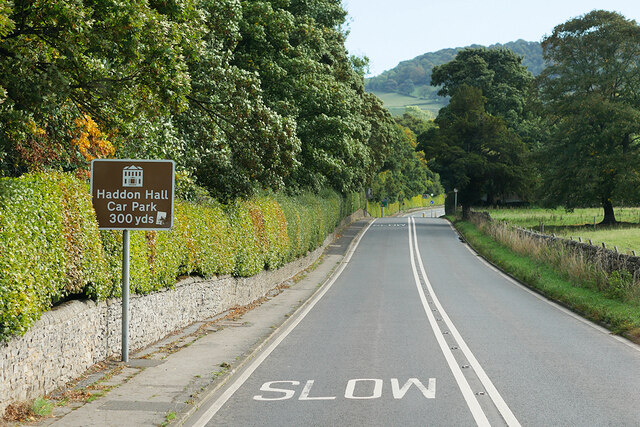
Nether Haddon is located at Grid Ref: SK2366 (Lat: 53.191656, Lng: -1.656009)
Administrative County: Derbyshire
District: Derbyshire Dales
Police Authority: Derbyshire
What 3 Words
///nicknames.caveman.jelly. Near Bakewell, Derbyshire
Related Wikis
Nether Haddon
Nether Haddon is a sparsely populated village and civil parish in Derbyshire, England. It is immediately downstream along the River Wye from the small...
Chapel of St Nicholas, Haddon Hall
The Chapel St John Nicholas, Haddon Hall is a Grade I listed Church of England chapel in Haddon Hall, Derbyshire. The chapel's origins are Norman, with...
Haddon Hall
Haddon Hall is an English country house on the River Wye near Bakewell, Derbyshire, a former seat of the Dukes of Rutland. It is the home of Lord Edward...
Haddon Tunnel
Haddon Tunnel was built by the Midland Railway in 1863 when extending the Manchester, Buxton, Matlock and Midlands Junction Railway from Rowsley to Buxton...
River Lathkill
The River Lathkill is a river in the Peak District National Park in Derbyshire, England. First recorded in 1280, the name "Lathkill" possibly has Scandinavian...
Harthill Hall
Harthill Hall was formerly the Manor House of a great 13th century Estate, and the hall is now a Grade II listed building within the civil parish of Harthill...
Alport
Alport is a hamlet in the White Peak area of Derbyshire, England. It lies east of Youlgreave, at the confluence of the River Bradford and the River Lathkill...
Burton Closes
Burton Closes is a 19th-century country house, now in use as a residential nursing home, situated at Haddon Road, Bakewell, Derbyshire. It is a Grade II...
Nearby Amenities
Located within 500m of 53.191656,-1.656009Have you been to Nether Haddon?
Leave your review of Nether Haddon below (or comments, questions and feedback).
